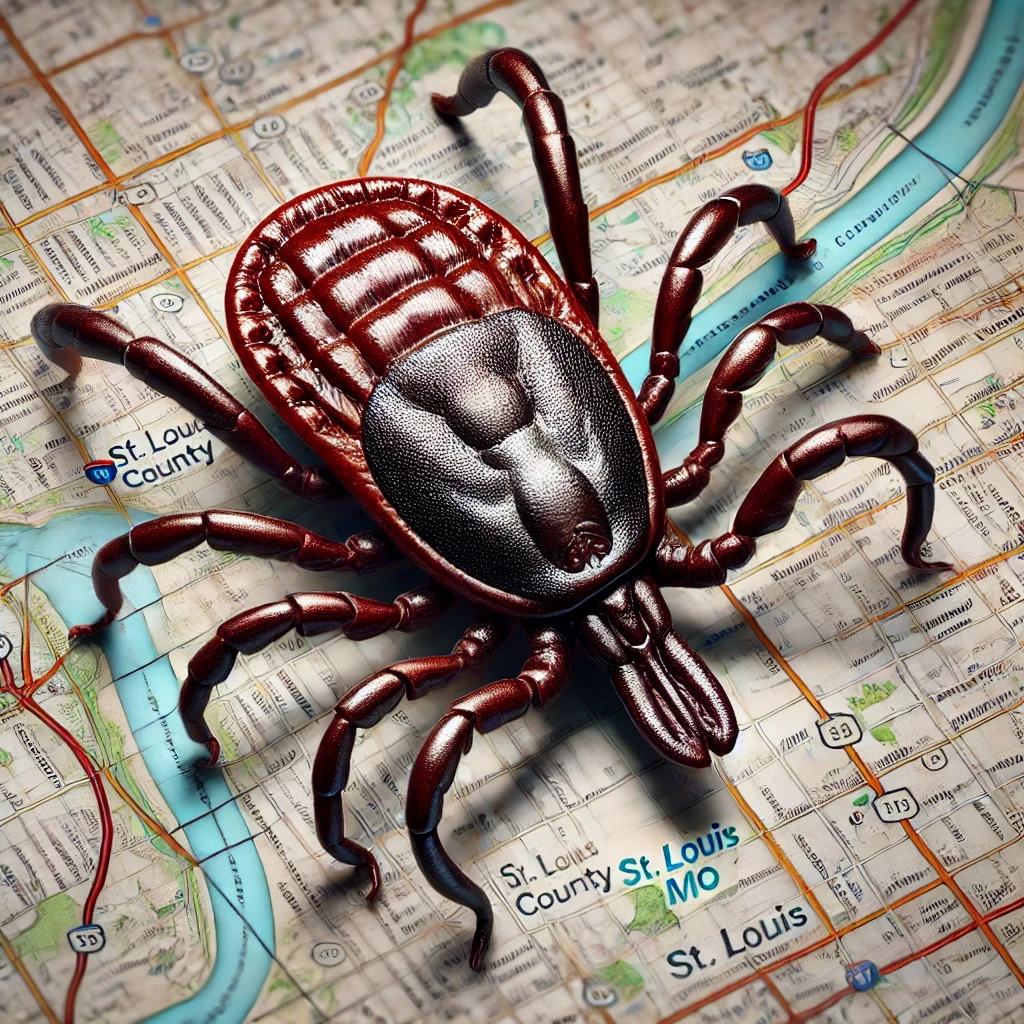What Are the Signs of an Ant Infestation in Your House? Here's How to Know—and What to Do
You spot a few ants on your kitchen counter and think, “No big deal.” But later you notice they’re coming from the sink, crawling along the baseboards, and even appearing near the walls. Suddenly, those “few ants” feel like a much bigger problem.
If you’re seeing the signs of ant infestation in your house, now is the time to act—before a small nuisance becomes a full-blown invasion. In this guide, we’ll break down the most common places ants hide, what attracts them indoors, and how Pure Pest + Lawn can help you eliminate the problem safely and effectively.
🚰 Ants Coming Out of the Sink? Here’s What It Means
Seeing ants coming out of your sink or drain isn’t just gross—it’s a red flag. Ants are often attracted to moisture and leftover food particles. Your kitchen or bathroom sink may seem clean on the surface, but if there's moisture inside your drain or even just soap residue, ants can be drawn in.
What’s happening:
Ants may be nesting in or near your plumbing lines
They may use your sink as a pathway from walls or subfloors
Standing water can create the perfect environment for them to thrive
To reduce this activity, keep your sink dry, clean drains regularly, and fix any minor leaks. But if you continue to see ants near your sink, it could be part of a larger infestation behind the scenes.
🏡 Why Do I Have Ants in My House in the First Place?
It’s easy to blame a few crumbs or an open sugar jar, but the truth is, ants can find their way into any home, clean or not.
Here’s what usually brings them inside:
Food sources: Anything sweet, greasy, or protein-rich
Moisture: Leaky pipes, damp basements, or humid areas
Entry points: Cracks in the foundation, gaps in windows, or unsealed baseboards
Seasonal changes: During spring and summer, ants often invade homes in search of better shelter and food
Ants are extremely resourceful. Once a scout finds a food source in your home, it leaves a pheromone trail for others to follow—quickly turning a few ants into a colony problem. This breakdown by the University of Missouri Extension explains how ant colonies operate and why they’re so persistent.
🧱 Ants in Walls: The Hidden Infestation You Can’t Ignore
When you can’t see where ants are coming from, there’s a good chance they’re nesting in your walls. Carpenter ants, in particular, can tunnel into damp or damaged wood and compromise your home’s structure over time. Others, like odorous house ants, don’t cause damage but can be extremely hard to eliminate without professional help.
Signs you might have ants in your walls:
Faint rustling noises inside walls
Ants entering through electrical outlets or wall vents
Small piles of wood shavings or dirt
Ants traveling in and out of baseboards
At this stage, DIY traps likely won’t cut it—you need a treatment plan that targets the colony, not just the surface activity. Read more about how we treat hard-to-reach infestations.
🔍 Ants Coming From Baseboards? It’s Not Just a Coincidence
Baseboards are often used as entry and travel points for ants because they connect multiple rooms and provide dark, hidden passageways. If you’re noticing ants coming from your baseboards, that means they’re nesting somewhere behind them—or using them as highways between food and shelter.
It may also indicate:
A crack or gap between the floor and wall
A moisture issue behind the wall or near the foundation
Proximity to a nest in the subfloor or insulation
This is one of the most common signs of ant infestation in a house, and it’s often missed until the activity becomes more obvious. A professional inspection can help trace the ants back to their source.
What Should You Do If You See Signs of an Ant Infestation in Your House?
While it may be tempting to reach for ant spray or set a few traps, these solutions often only treat surface activity. To truly stop ants from returning, you need to:
✔ Identify the species
✔ Locate the nest
✔ Cut off food, moisture, and entry points
✔ Use treatments that eliminate the colony
That’s where we come in.
At Pure Pest + Lawn, we don’t just treat the problem—we help prevent it from coming back. Our ant control process is safe for pets and families and includes:
✅ A free inspection to find the source
✅ Species-specific treatment plans
✅ Sealing and prevention strategies
💬 Learn more about our ant control services.
Pure Protection Starts Here: Schedule a Free Inspection
You shouldn’t have to live with ants crawling across your counters, walls, or floors. And you definitely shouldn’t have to guess whether it’s a small problem or something hidden behind your walls.
With over 70 years of experience and over 1,000 five-star reviews, Pure Pest + Lawn is trusted by families across St. Louis to deliver responsible, effective pest control.
📅 Schedule your FREE ant inspection today and enjoy peace of mind knowing your home is protected.





